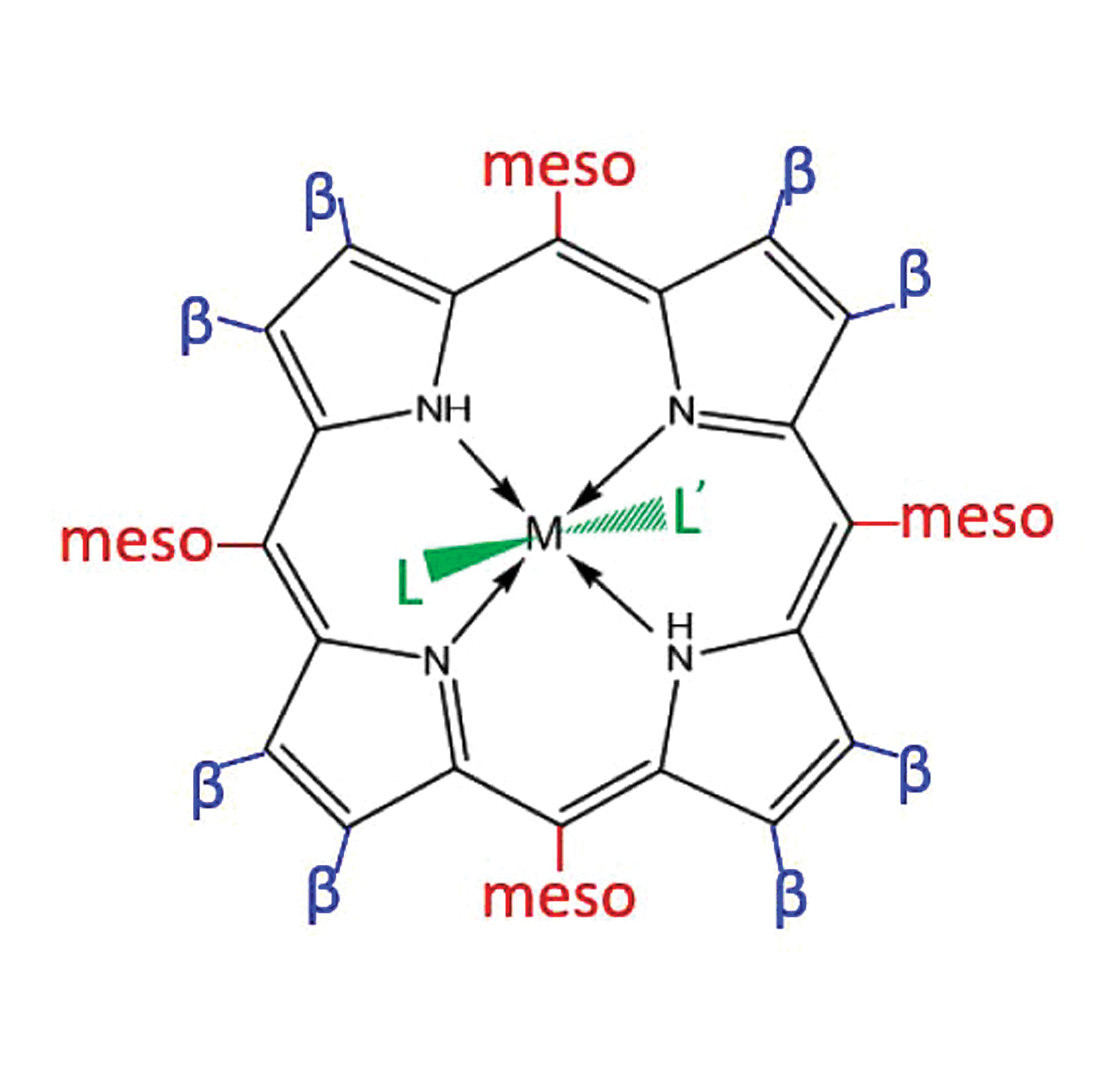Crossref Citations
This article has been cited by the following publications. This list is generated based on data provided by
Crossref.
Chen, Zhi
Zhang, Shu
Yang, Jian
Chen, Cheng
Song, Yaochen
Xu, Caili
Wu, Mengqiang
and
Liao, Jiaxuan
2021.
High loading of NiFe active sites on a melamine formaldehyde carbon-based aerogel towards efficient bi-functional electrocatalysis for water splitting.
Sustainable Energy & Fuels,
Vol. 5,
Issue. 19,
p.
4973.
Cruz-Navarro, J. Antonio
Hernández-García, Fabiola
Mendoza-Huizar, Luis Humberto
Salazar-Pereda, Verónica
Cobos-Murcia, J. Ángel
Colorado-Peralta, Raúl
and
Álvarez-Romero, Giaan Arturo
2021.
Recent Advances in the Use of Transition-Metal Porphyrin and Phthalocyanine Complexes as Electro-Catalyst Materials on Modified Electrodes for Electroanalytical Sensing Applications.
Solids,
Vol. 2,
Issue. 2,
p.
212.
Ahmad Lone, Ishfaq
and
Kumar, Ravi
2022.
Exploring the Electronic Influence of β‐Br Substitutions in CuTPP on Electrochemical Overall Water Splitting in Alkaline Medium.
ChemistrySelect,
Vol. 7,
Issue. 48,
Guo, Jiaqian
Zhan, Zhenxiang
Lei, Ting
and
Yin, Ping
2022.
Self-Supported FeNiP Nanosheet Arrays as a Robust Bifunctional Electrocatalyst for Water Splitting.
ACS Applied Energy Materials,
Vol. 5,
Issue. 5,
p.
5855.
Taranu, Bogdan-Ovidiu
and
Fagadar-Cosma, Eugenia
2022.
Catalytic Properties of Free-Base Porphyrin Modified Graphite Electrodes for Electrochemical Water Splitting in Alkaline Medium.
Processes,
Vol. 10,
Issue. 3,
p.
611.
Taranu, Bogdan-Ovidiu
and
Fagadar-Cosma, Eugenia
2022.
The pH Influence on the Water-Splitting Electrocatalytic Activity of Graphite Electrodes Modified with Symmetrically Substituted Metalloporphyrins.
Nanomaterials,
Vol. 12,
Issue. 21,
p.
3788.
Taranu, Bogdan-Ovidiu
Fagadar-Cosma, Eugenia
Sfirloaga, Paula
and
Poienar, Maria
2023.
Free-Base Porphyrin Aggregates Combined with Nickel Phosphite for Enhanced Alkaline Hydrogen Evolution.
Energies,
Vol. 16,
Issue. 3,
p.
1212.
Kharissova, Oxana V.
Garay-Rodríguez, Luis F.
Luevano Hipólito, Edith
Torres Martínez, Leticia M.
and
Kharisov, Boris I.
2023.
Enhanced hydrogen generation by alcohols photoreforming using soluble cobalt phthalocyanine and ascorbic acid under ultrasonic treatment.
MRS Communications,
Vol. 13,
Issue. 6,
p.
1203.
Liu, Shuanghong
Xia, Siyu
Wang, Jiefei
Ren, Xitong
Chen, Sudi
Zhong, Yong
and
Bai, Feng
2023.
Synthesis of the ZnTPyP/WO3nanorod-on-nanorod heterojunction direct Z-scheme with spatial charge separation ability for enhanced photocatalytic hydrogen generation.
Nanoscale,
Vol. 15,
Issue. 6,
p.
2871.
Kharissova, Oxana V.
Torres Martínez, Leticia M.
Luevano Hipólito, E.
Garay-Rodríguez, Luis F.
Alfaro Cruz, M.R.
and
Kharissov, Boris I.
2023.
High oxygen-yield homogeneous sonophotocatalysis for water-splitting using theraphthal.
Journal of Photochemistry and Photobiology A: Chemistry,
Vol. 437,
Issue. ,
p.
114463.
Liu, Shiqi
Li, Zengyin
Tong, Huiwei
Zhong, Yong
and
Bai, Feng
2023.
Self-Assembly of Materials and Their Applications.
Kharissova, Oxana V.
Méndez, Yolanda Peña
Kharisov, Boris I.
Nikolaev, Aleksandr L.
Luévano-Hipólito, Edith
and
González, Lucy T.
2024.
Porphyrins, phthalocyanines, and related covalent-organic frameworks in the photochemical and electrochemical water splitting: A review.
Particuology,
Vol. 90,
Issue. ,
p.
236.






